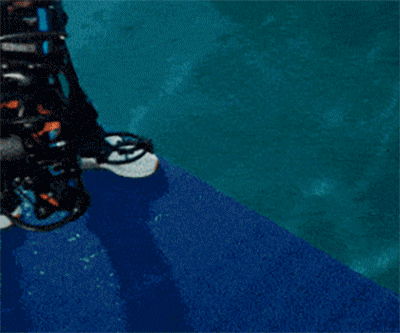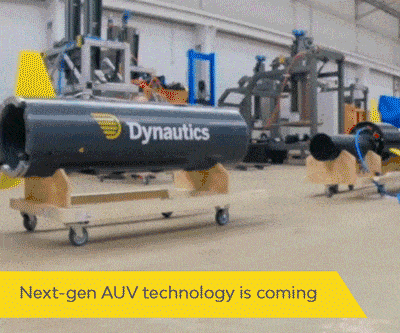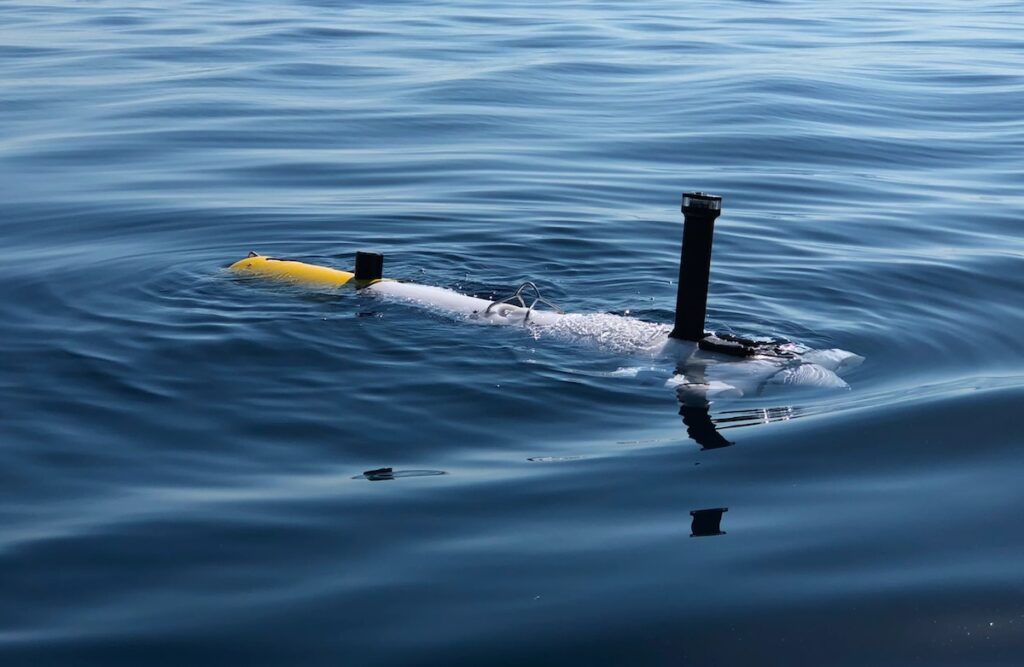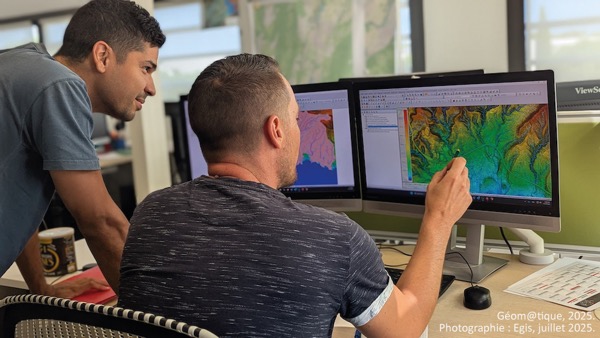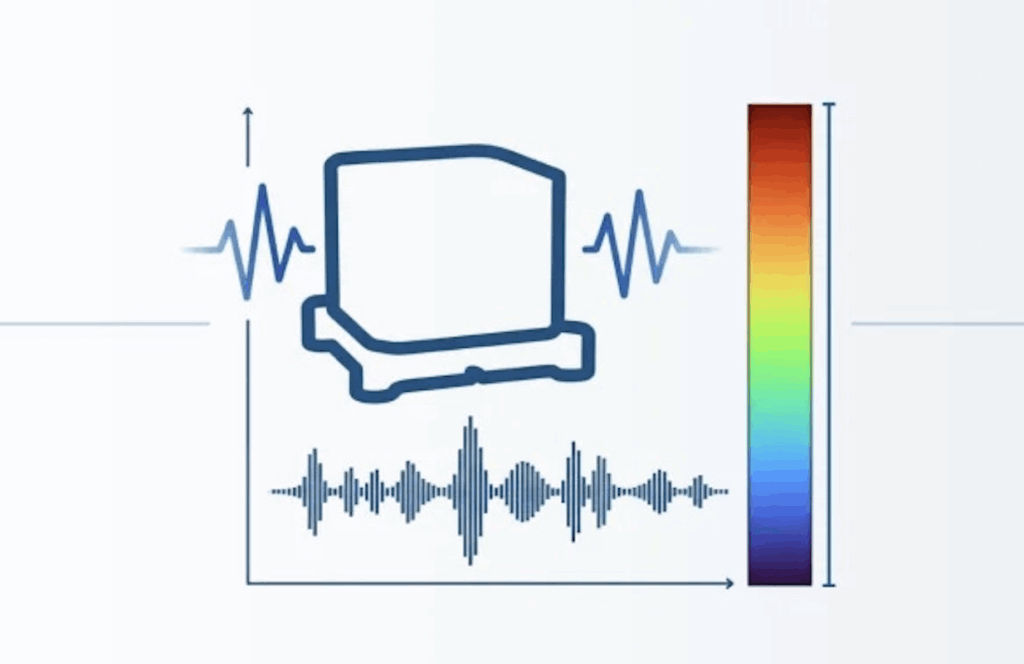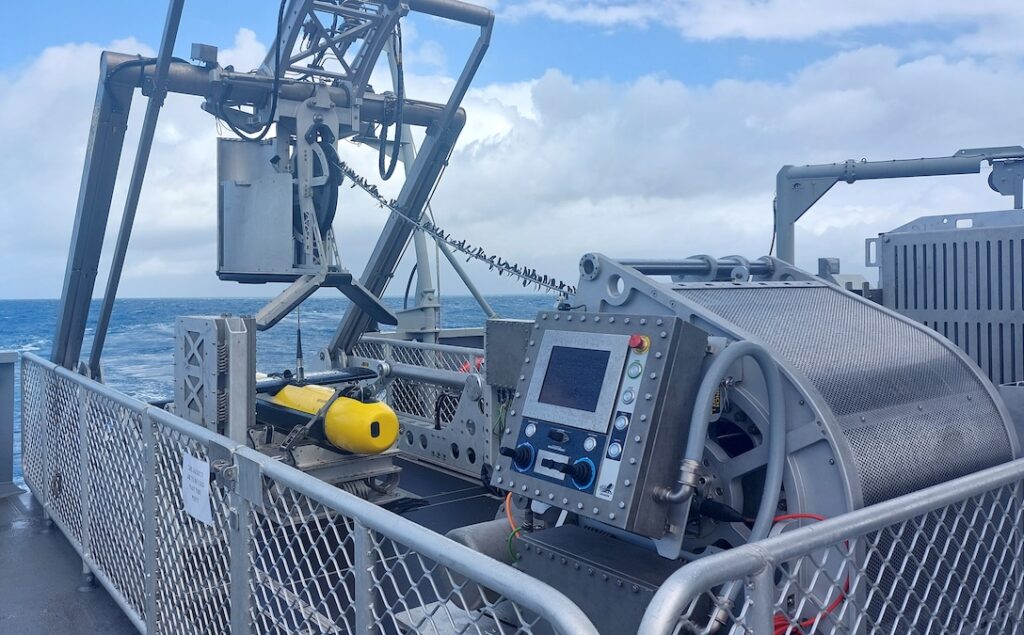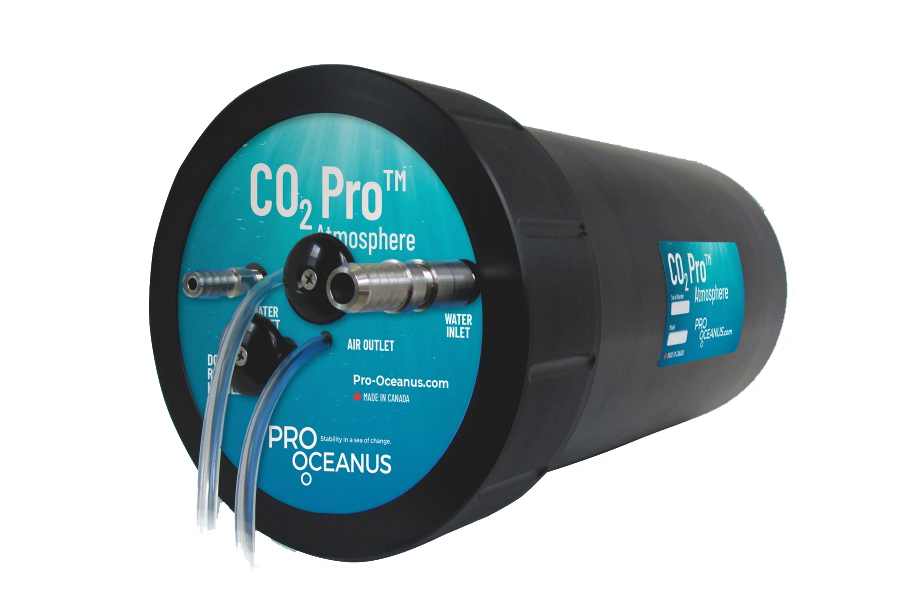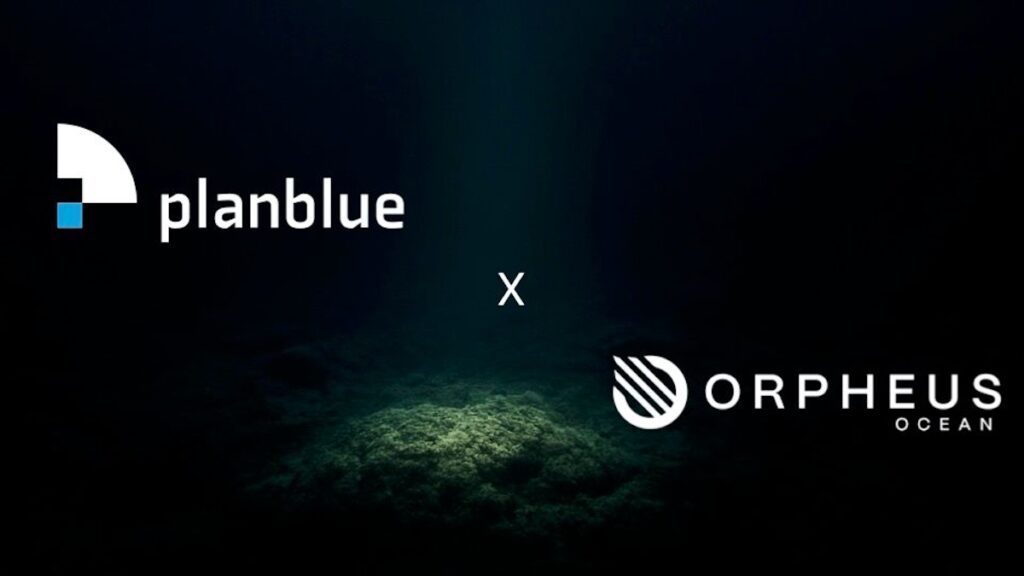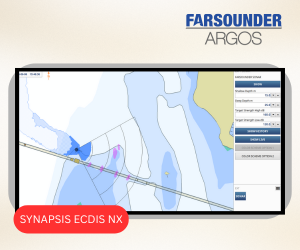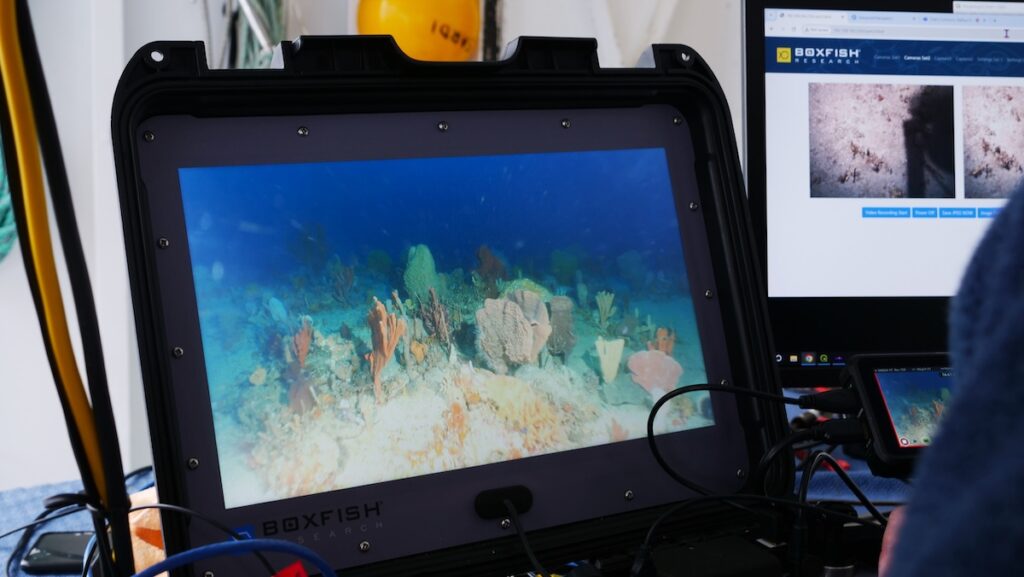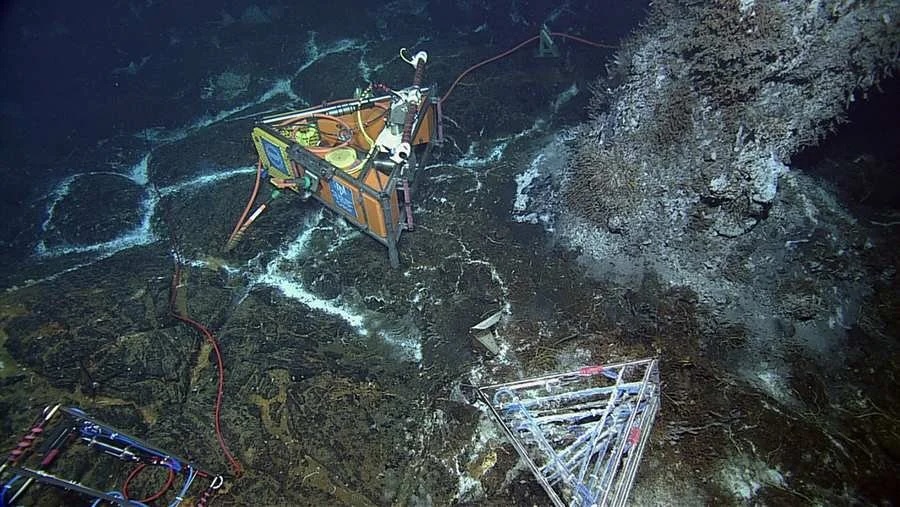
Discover World-Leading Technologies for Ocean Science
Discover cutting-edge solutions from leading global suppliers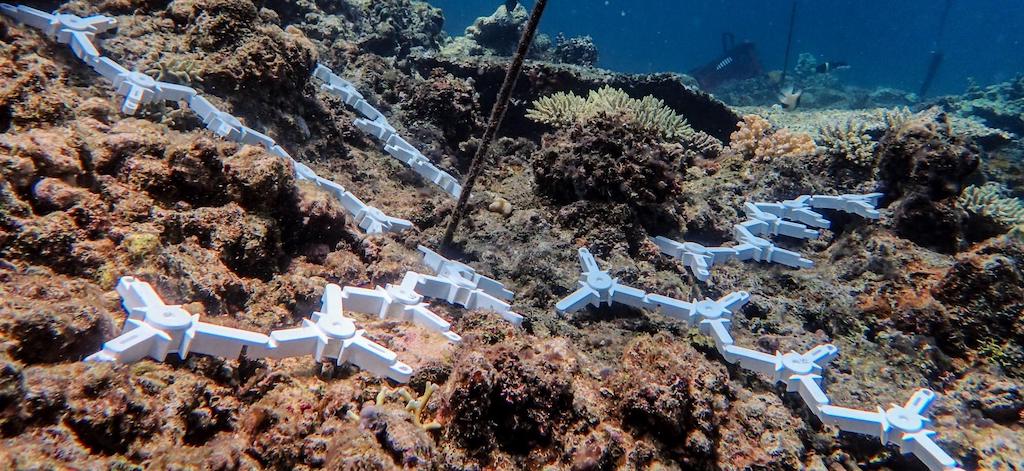
Scientists are bringing together a range of methods to breed, treat and deliver around 100,000 baby corals to the Great Barrier Reef in what is thought to be the largest coral restoration research trial ever undertaken.
Led by the Australian Institute of Marine Science (AIMS), the test operation involves a number of partners and will give scientists a better understanding of how techniques developed over recent years are best operationalised at large scales after mass coral spawning – the key annual event for reproduction and renewal on the Great Barrier Reef.
AIMS Research Program Director and sub-program leader of the Reef Restoration and Adaptation Program (RRAP) Dr Line Bay, said the field trial was a major milestone in coral conservation aquaculture and restoration research to develop tools to help restore reefs beset by disturbances, including those caused by climate change.
“Each annual coral spawning, teams of scientists, engineers and technicians from a range of organisations in RRAP have been developing a pipeline of approaches in AIMS’ National Sea Simulator (SeaSim), to help fast track recovery after disturbances like coral bleaching.
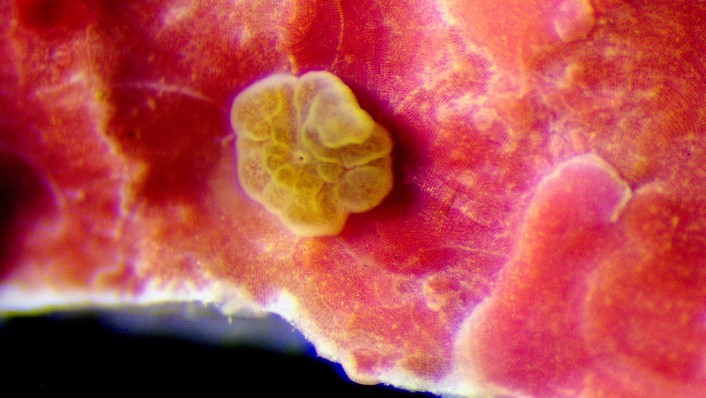
“The last few years of research have greatly improved our understanding of how to raise enormous numbers of healthy baby corals in aquaculture facilities using technological and biological techniques, including selecting corals for their natural heat tolerance.
“With this research, we are further refining these techniques, and combining multiple investigations into our largest field trial yet. It’s a crucial achievement and an important step towards understanding how these corals will perform under natural conditions experienced on the Great Barrier Reef now and into the future,” she said.
New technology is helping boost the number of coral larvae produced for the trials, reducing reliance on human handling and labour and improving efficiencies.
The AutoSpawner, designed by AIMS, is an automated aquaria system designed to aid fertilisation of large numbers of coral eggs, reducing the laborious task for scientists of producing coral larvae. The AutoSpawner is capable of producing more than seven million larvae in a single night.
Larvae are settled onto special tiles and reared into baby corals over the course of a few weeks before being placed into different ceramic devices designed by AIMS to help deliver large numbers of healthy young corals to the Reef safely and efficiently.
Various techniques to optimise the environment and health of these young corals are being explored such as harnessing natural cues to encourage larvae to settle quickly and grow on preferred surfaces.
Scientists are also applying non-toxic antifoul coating on deployment devices to reduce competition from algae and protect the young during their first year of life on a reef.
The trial began in October when adult corals from the central region of the Reef were brought into the SeaSim in Townsville and bred during mass coral spawning events in November. The teams are continuing the work during this week’s coral spawning event.
The next step is delivering the devices, each holding around 10 young corals, onto several reefs in a process known as coral seeding. Some were delivered to the Reef following inshore coral spawning in November, and more will be taken next month following this week’s spawning.
AIMS coral reproduction and aquaculture scientist Dr Muhammad Abdul Wahab said the trial was delivering four times as many corals to the Reef as last year.
“We’ll be deploying 10,000 devices over two field trips, carrying around 100,000 individual young corals, and then monitoring their progress at three monthly intervals. Last year we deployed 2,000 devices so this is a big step up.”
Dr Abdul Wahab said the subsequent aim is to deliver up to three million devices in the next iteration of deployments over a three-to-five-year period, bringing millions of baby corals to the Reef. But the scale of this deployment was some years off yet.
“We are on a journey of upscaling the production and deployment of healthy and diverse corals on reefs in a way that is as efficient and cost effective as possible,” he said.
Dr Abdul Wahab said while raising large numbers of healthy baby corals in aquaculture facilities in a cost-effective way was challenging but feasible, the ultimate goal was to deliver them to the Reef and help them survive under natural reef conditions.
“This year, devices are being both carefully placed into plots by divers and freely deployed from a small vessel to compare how the young corals fare in both deployment scenarios.
“This trial will help us to answer real world questions about how the devices fall through the water, what effect they have on the surrounding environment and what happens to the young corals after the devices land on the seabed. This is something we haven’t tried yet but will be essential to understand if we are to improve restoration efficiencies to work at the scales we need.”
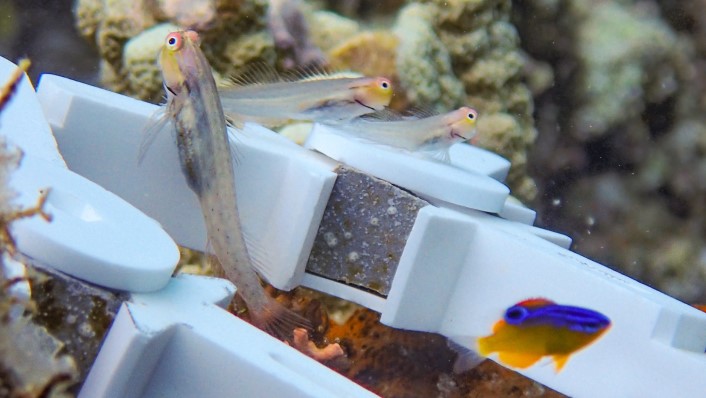
Dr Cedric Robillot, Executive Director for RRAP, said the science is clear – warming ocean temperatures are locked in and emissions reductions alone are no longer enough to protect the Great Barrier Reef.
“We must pioneer a toolkit of solutions to help restore coral reefs at scale,” he said.
“This ground-breaking trial which sees a significant increase in the number of corals deployed on the Reef, brings together many scientific and engineering breakthroughs from across multiple organisations to take us a step closer to deploying millions of heat-tolerant corals on the Reef every year.”
Dr Bay added; “There is no silver bullet solution to helping the Great Barrier Reef under a changing climate – a range of methods are needed to work together to provide compounding benefits, along with ongoing best-practice reef management and emissions reductions.”
Spawning activities in the National Sea Simulator at AIMS are being conducted in collaboration with Southern Cross University, Taronga Conservation Society, The University of Queensland, James Cook University, Griffith University and Queensland University of Technology.
RRAP is funded by the partnership between the Australian Government’s Reef Trust and the Great Barrier Reef Foundation.
Read the full article or find out more at the AIMS website.




